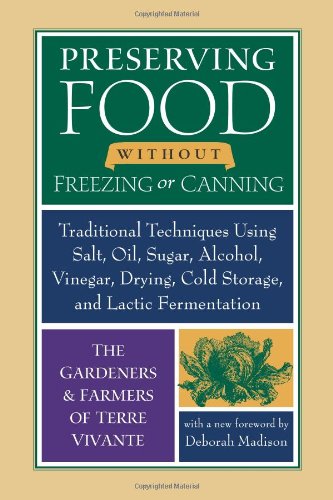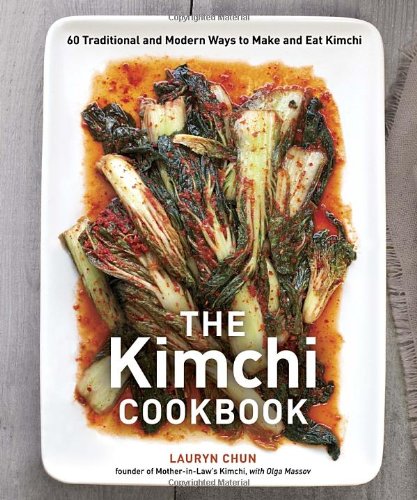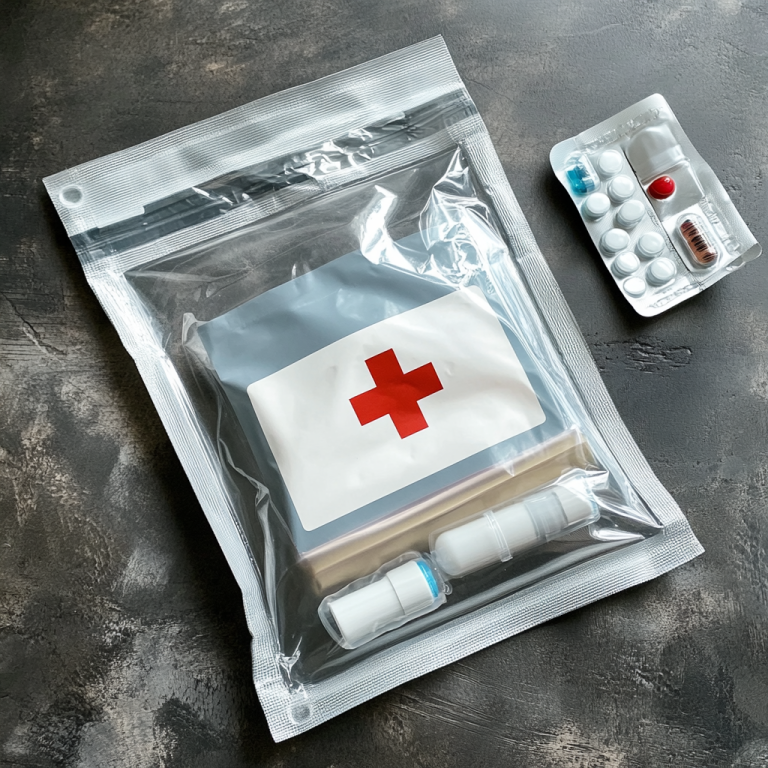
Typical books about preserving garden produce nearly always assume that modern “kitchen gardeners” will boil or freeze their vegetables and fruits. Yet here is a book that goes back to the future—celebrating traditional but little-known French techniques for storing and preserving edibles in ways that maximize flavor and nutrition.
Translated into English, and with a new foreword by Deborah Madison, this book deliberately ignores freezing and high-temperature canning in favor of met




















Good overview of basic food preservation,
For the most part, I really like this book. I have lots of ideas that I am dying to try when my garden starts to bear. I have a ceramic-invection cooktop so I am wary of putting a fully loaded 30 quart pressure cooker on top of it.
I would consider purchasing an additional book if you are unfamiliar with food safety and home food preparation. I gathered that the contributors and the authors are aware of these practices, but did not really elaborate on them very much or stress crucial points necessary for food safety, like cross-contamination or not washing the vegetables well. The book does stress the importance of not using chlorine-treated water so it must be filtered in some way to remove it. Don’t want to kill the good bacteria, I suppose.
I’m not sure how well these concepts would work if you have a very small kitchen or don’t have a keeping room or cellar. Instructions are given for digging out a small keeping area and topping it with a large flat rock you can slide off. I just gathered you need a good work and storage space.
Directions for making drying racks with screen are given. I have heard of using a discarded screen door for large amounts of drying.
I often do not have huge amounts of fruits and vegetables on hand to do massive canning. The amounts here seem to be very manageable, as well as easy to try out the different types of preservation on the same item to see which you prefer.
I didn’t quite know what to make of the jelly/sugar section. The blueberry recipe sort of bewildered me as you are to mix fresh blueberries with what is left of last year’s blueberry mixture (not pure blueberries). Sorry, but I don’t have any of last year’s mixture as I just bought the book and I’m not even sure what was in last year’s mixture. I assume it contains some sort of fermented starter, like a fermented bread starter.
I was intrigued by the alcohol section, especially the recipes for elderberry and dandelion wines.
Some of the recipes are for basic canning. You have to have hot, sterilized jars. It wasn’t mentioned, but when the recipe tells you to place the lids on the jars for a seal, I think the jar still needs to be hot. The overall impression of some of the recipes is that you meander around the kitchen and process when you feel like it. I saw my grandmother do this when she only had enough to fill a few jars and she called it canning, even though she also used a pressure canner.
This is not a literal cookbook to me. This is a collection of recipes from residents in Terre Vivante. Some of the recipes are vague at best, offering no measurements or ratios. Some are more specific, thankfully. As I am unfamiliar with the finished product, I am afraid that I might over or underestimate the amount of herbs or spices. Some of the recipes gave instructions on how to preserve zucchini and other vegetables through drying, but no idea how to use it in a recipe. Do you put it in dry or have to rehydrate it first?
A few of the recipes seemed to be different versions for the same item, so perhaps those could be combined for one functional recipe.
Was this review helpful to you?

|Thrifty In The Truest Sense,
This is a really good reference, with discussions of fermenation and brining, that go beyond the superficial. Good recipies as well, we are now enjoying our salted lemons in salads and in other dishes. This would be in the top ten I would recommend for getting by in a pinch. Also they, for the most part require little or no gas or electric use.
Was this review helpful to you?

|Not for beginners,
As some other folks have noted, this book is very much for people who already have some decent experience with food preservation. There are some interesting ideas but a complete lack of details and some just plain dangerous suggestions. For example, the notion that you can throw some raw garlic cloves into a bottle of olive oil and leave it to stew in the sun for several months is beyond irresponsible. If you don’t know why I’m saying that, you shouldn’t buy this book. Instead you should go google “garlic in oil”.
Was this review helpful to you?

|